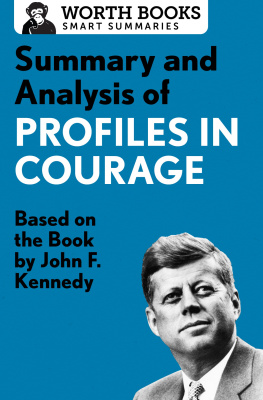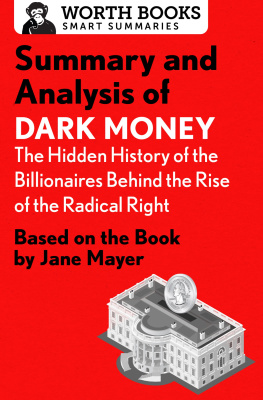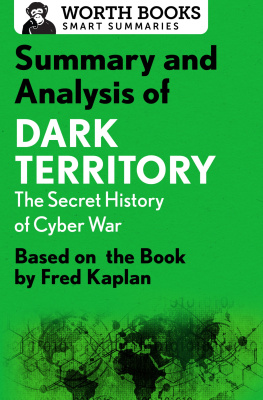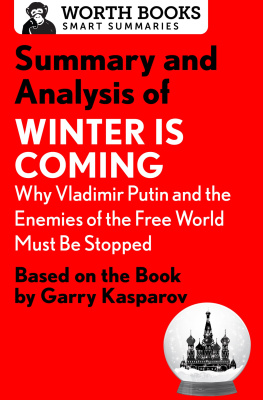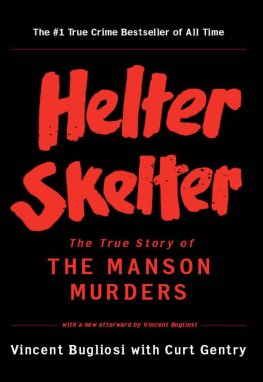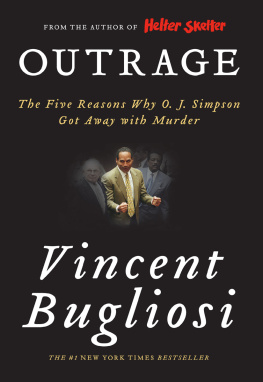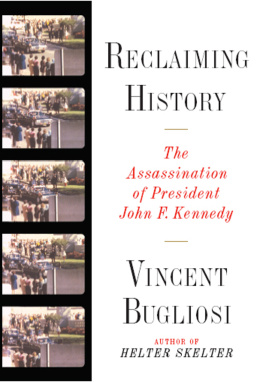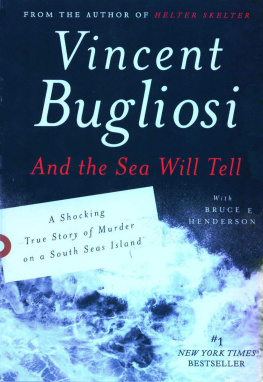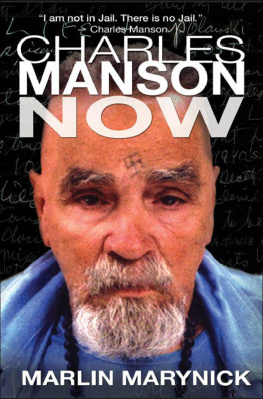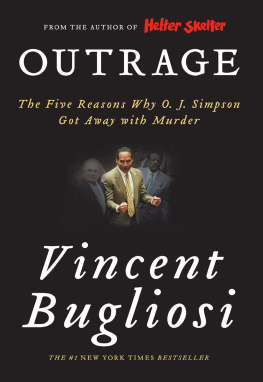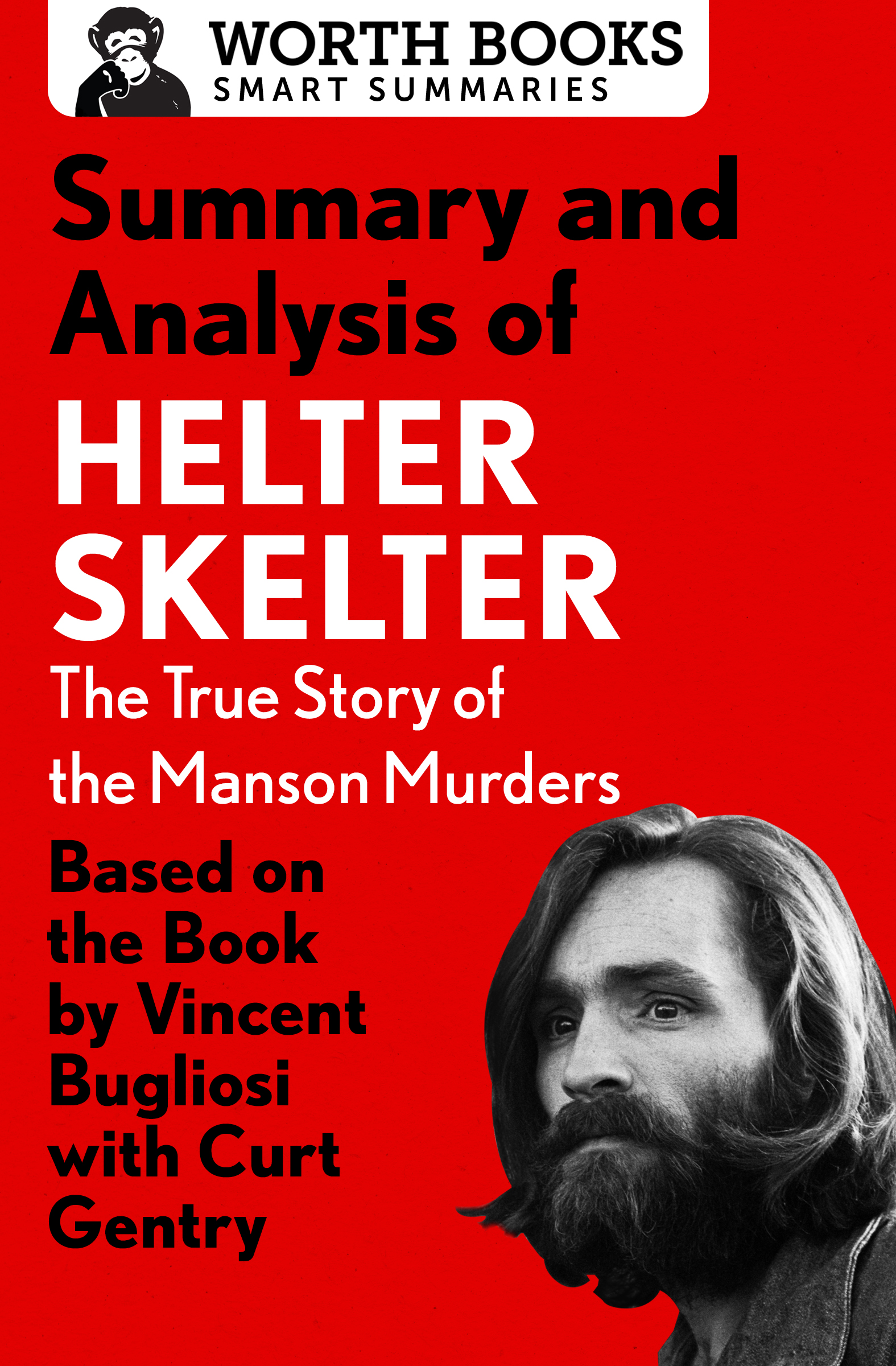Contents
Context
Vincent Bugliosi published Helter Skelter: The True Story of the Manson Murders in 1974, three years after the conviction of the Manson Family. The nine murders they committed were a major news story, and Bugliosia lead prosecutorhad become a celebrity in his own right. The book was an instant bestseller. Bugliosis insider perspective of the crimes, investigation, and trial were in high demand, and Helter Skelter set the standard for the true-crime genre.
The Manson Familys depravity is often seen as the symbolic end of the freewheeling decadence of the 1960s, the inevitable crash after a decade-long party. Charles Manson was a petty con man and drifter until he moved to San Franciscos Haight-Ashbury neighborhood in 1967, where he observed the hippie culture and began picking up followers, mostly teenage runaways and prostitutes. Many hippies lived in communes, or communal living spaces centered around a quasi-socialist ideology of sharing work and resources. Charlie and his early disciples established their base at Spahn Ranch, an old movie set for Westerns in the Simi Hills of Los Angeles.
As the Manson Family grew closer, Charlie used his charisma and political rhetoric to indoctrinate his followers, ultimately convincing them to fulfill his diabolical plan of instigating a race war through murder. The fame of the victims made the murders even more shocking: Sharon Tate, a well-known actress married to director Roman Polanski who was pregnant with his child; heiress Abigail Folger (of Folgers Coffee) and her boyfriend; and Jay Sebring, a hairdresser to the stars in Hollywood. Furthermore, Dennis Wilson, the drummer of the Beach Boys, had spent time with Manson and the Family.
The murders committed by the Manson Family would have interesting reverberations just around the historical corner. Patty Hearst was abducted in 1974, three years after the Familys convictions, and in 1978, cult leader Jim Jones of the Peoples Temple convinced more than nine hundred of his followers to drink poison. These events shaped our current understanding of brainwashing and cult mentality.
Where are they now? Charles Manson remains in prison, as do most of the other Family members. In 2014, it was reported that Manson was engaged to a twenty-six-year-old woman, although the relationship fizzled out. He is up for parole in 2027, when he will be ninety-two. Family member Lynette Squeaky Fromme was paroled from prison in 2009 after serving time for the attempted assassination of President Gerald Ford. Susan Atkins died in prison that same year.
Overview
The 1969 murders of actress Sharon Tatepregnant wife of director Roman Polanskiand her friends Abigail Folger, Voytek Frykowski, and Jay Sebring (along with a young man visiting the propertys caretaker), shocked the city of Los Angeles for their senselessness and brutality. The victims were beaten, shot, and stabbed numerous times and the word pig was written on the front door in blood. The very next day brought news of another shocking crime: the murders of grocery store owner Leno LaBianca and his wife, Rosemary, both also stabbed repeatedly. The words healter skelter [ sic ] were written in blood on the LaBiancas refrigerator.
Different jurisdictions scramble to piece together information, but a break in the case comes when several witnesses agree to talk. While conducting raids for unrelated crimes on two ranches in the desert, police uncover members of the Manson Familya cultish hippie commune devoted to a charismatic con man, Charles Manson. One member, seeking escape, points police to Susan Atkins, who had bragged about being involved with another murder. When Atkins is arrested and imprisoned, she tells her cellmates about being present at the Tate residence as well. Two motorcycle gang members name Manson as the groups leader and assert that he boasted to them about several murders.
Another Family member, Leslie Van Houten, implicates herself and Linda Kasabian. Seeking a lighter sentence, Susan Atkins tells a grand jury all about the Tate and LaBianca murders in horrifying detail, pointing the finger at Manson, Van Houten, Kasabian, Charles Tex Watson, and Patricia Krenwinkel. Fingerprints found at the Tate scene match Watson and Krenwinkel. The grand jury indicts Van Houten, Manson, Watson, Krenwinkel, Atkins, and Kasabian.
Current and former Family members also provide the investigators with a motive: Manson believed that if he could convince authorities that Black Panthers had committed the murders, a race war (which he called helter skelter) would ensue. While the blacks would win this war, they would find themselves incapable of taking over and ruling American society, and Manson and the Family would step in.
Manson convinces Susan Atkins to recant and Linda Kasabian becomes the prosecutions star witness. Kasabian and a number of other former Family associates testify about the murders and Mansons confessions. Atkins, Krenwinkel, and Van Houten confess in a bid to save Manson. The jury sees through the ruse and reaches a guilty verdict for all parties. The death penalty is doled out, but all of the sentences are commuted to life imprisonment when the California Supreme Court abolishes capital punishment.
Summary
Part 1: The Murders
The scene is 10050 Cielo Drive in Los Angeles, the residence of director Roman Polanski and his pregnant wife, actress Sharon Tate. On the morning of August 10, 1969, the Polanskis housekeeper, Winifred Chapman, arrives to discover a cut phone line and, once inside the gate, two bodies on the lawn and another in a vehicle parked in the driveway. These were Abigail Folger, heiress to the Folger Coffee fortune; Voytek Frykowski, her boyfriend; and Steve Parent, a friend of William Garretson, the caretaker living in the guest house.
When police arrive and enter the home, they find the bodies of Tate and her ex-boyfriend, Hollywood hairdresser Jay Sebring, along with marijuana, methamphetamines, and the word pig written in blood on the door. The murders were savage; the victims had been beaten, shot, and stabbed repeatedly. There is wild speculation by police and the press, suggesting a drug-fueled party, orgy, or ritual sacrifice gone awry. William Garretson is an obvious suspect, being the only person left alive on the premises, but he is ruled out after a polygraph test.
In a house across town the next night, teenager Frank Struthers returns home from a camping trip to find all of the curtains drawn. Sensing that this is unusual, he calls his sister. The two of them, along with the sisters boyfriend, enter the house and discover the bodies of their parents, Leno and Rosemary LaBianca, both of whom had been brutally stabbed, choked, and beaten. The word war is carved into Leno LaBiancas stomach, the words healter skelter [ sic ] are written on the refrigerator in blood. Though Manson knew someone who lived in the LaBiancas neighborhood, their house was chosen completely at random.
A sergeant from the Sherriffs Department alerts the Los Angeles Police Department to similarities in the Tate case and another recent murder: that of music teacher Gary Hinman, where the words political piggy had been written in blood. This information is ignored. The similarities between the Tate and LaBianca cases are also disregarded. The LAPD circulates fliers seeking the gun used in the murders, unaware that it is already sitting in a precinct evidence locker in Van Nuys, having been found by a child in Sherman Oaks and turned over to police. Complicating matters further is a rivalry between investigators assigned to the Tate case and those assigned to the LaBianca case. The former are old guard, the latter, young upstarts who are more willing to think outside the box.


